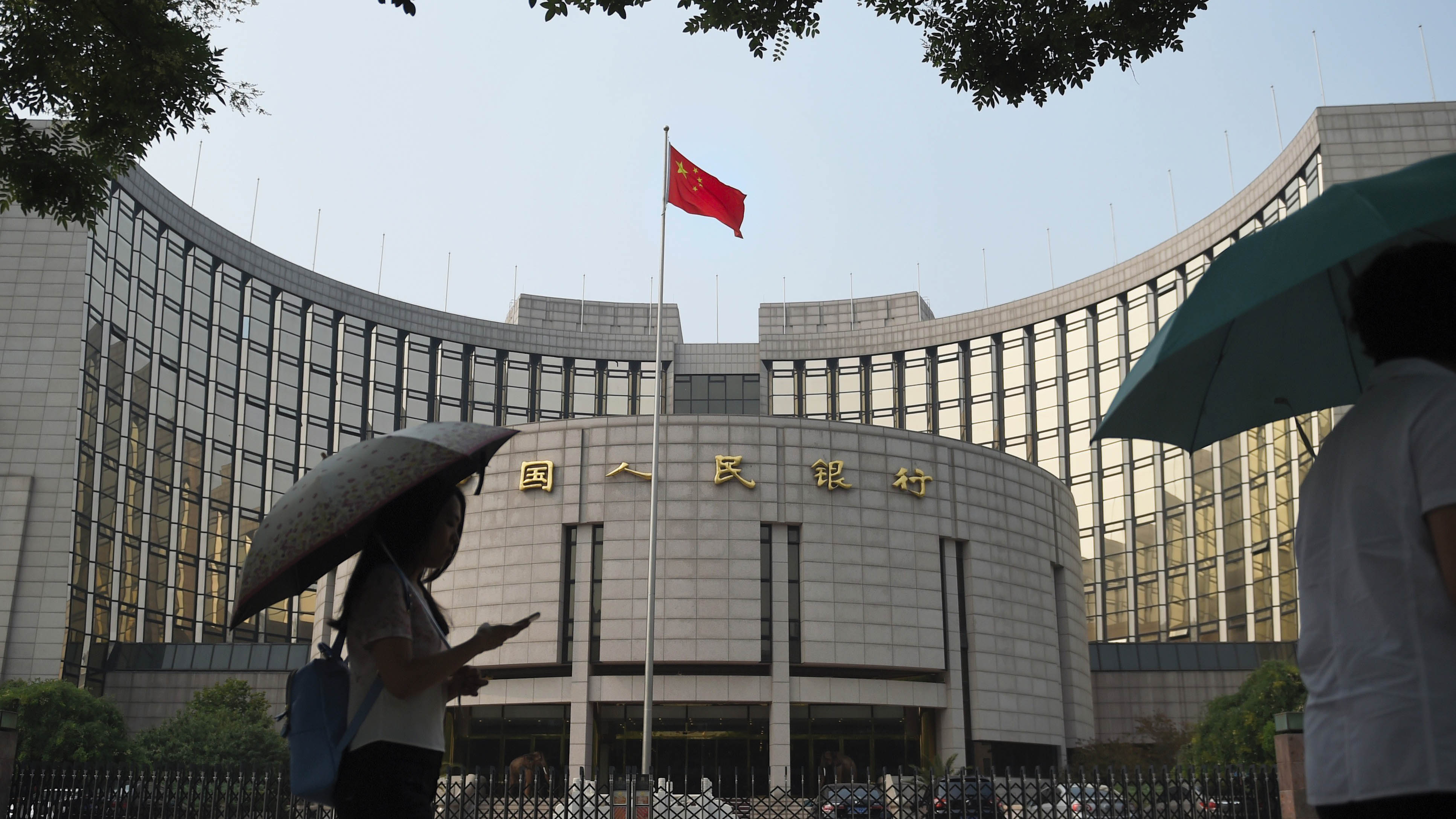
China faces some difficult questions if it is to continue enjoying high levels of economic growth post-pandemic.
China has emerged from the impact of Covid-19 relatively unscathed, but for the country to progress at the same rate as in previous years, some changes will be needed to how it runs its banks and economy.
While the country’s banks continue to occupy the top four positions in The Banker's Top 1000 World Banks ranking in 2021, they are feeling some strain. One pressure is coming from the People’s Bank of China’s move to establish a central bank digital currency (CBDC). The CBDC has been developed with the banks playing an integral role in the system as intermediaries for deposits and funds, which provides them with the opportunity to collaborate with fintechs and develop e-wallets. The CBDC may also, ultimately, remove the need for cash, which could eliminate the cost of handling physical money and operating ATM machines. But integrating the new currency would likely require a revamp of the banks’ IT systems, which may prove costly for smaller financial institutions.
Outside the banking industry, the country faces some wider challenges in expanding the economy, which may involve looking outwards for greater international investment.
China’s capital markets have been slowly opening up to foreign investors for some years, most notably with the founding of Stock Connect, which links the Hong Kong and mainland bourses. There is some anticipation that the success of the system will mean stock exchanges in the likes of London and New York will be invited to link up to create a reciprocal trading platform. China has proven to be an attractive investment option, with the amount of domestic bonds and stocks held by foreign investors now almost five times what it was in 2015. The investment of foreign funds has been a considerable boost to companies listed on these exchanges.
Greater international integration could also be part of the answer to solving China’s ageing population problem. In May, the country further relaxed its policy to allow three children per family, a significant increase on the one-child policy which was in place for decades until 2016.
Some speculate that the move is too little too late, and the best way for China to combat its decreasing working age population is to look at welcoming more skilled foreign workers. However, with only a tiny immigrant population, the decision could be one of the most difficult which China faces in maintaining a thriving economy in the coming years.
Further reading: Economic rethink needed to boost China’s growth


